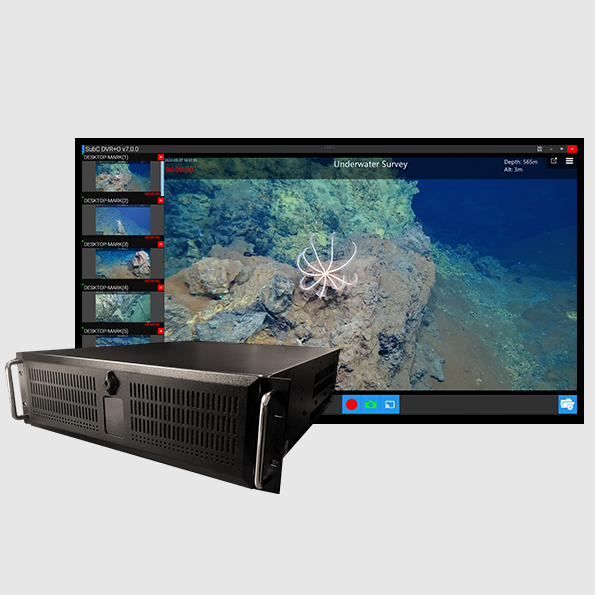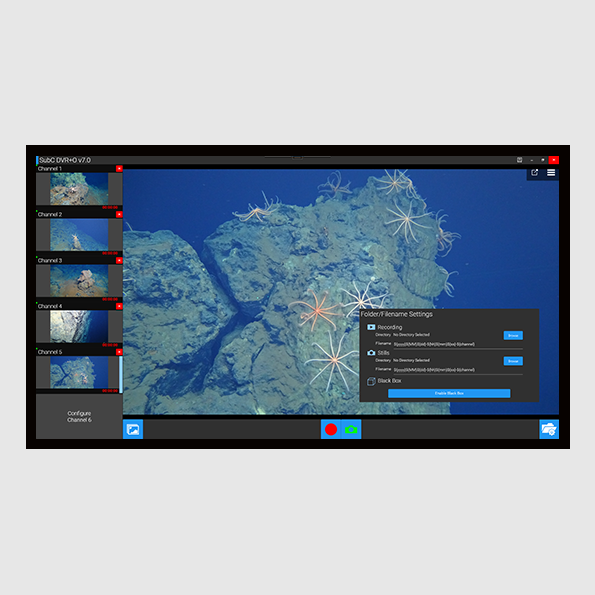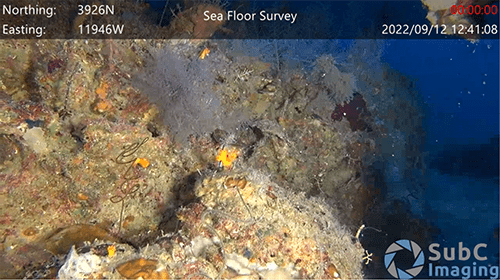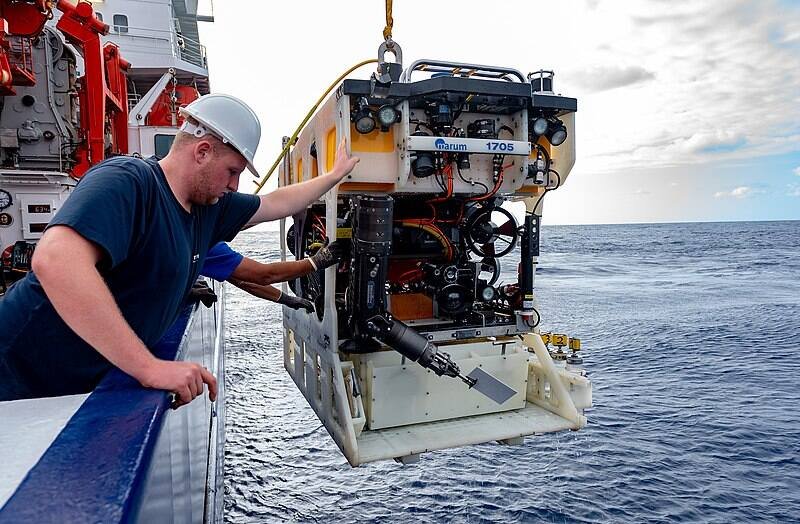What Is a Subsea Digital Video Recorder (DVR) with Overlay and How Does it Work?
Subsea digital video recorders (DVRs) with overlay capabilities are critical tools for capturing and analyzing video footage in underwater environments. These sophisticated devices allow researchers, engineers, and explorers to document and study the underwater world with unprecedented detail and precision. In this article, we will explore what subsea DVRs are and how they work.
What is a Subsea Digital Video Recorder?
A subsea DVR, or Digital Video Recorder, is a specialized piece of equipment that is designed to record and store high-quality video footage from underwater cameras. DVRs typically include features such as video compression playback capabilities, allowing for efficient storage and easy review of the recorded footage.
Subsea DVRs may be connected to specialized sensors and software for monitoring environmental factors such as water pressure, temperature, and salinity, which can provide valuable context and insights for researchers and other users. Plus, DVRs frequently enhance offshore inspection software or incorporate inspection functionality within them.
How Does a Subsea DVR Work?
Subsea DVRs are typically part of a larger survey system that include a camera, which may be fixed or mounted on a remotely operated vehicle (ROV), and a digital storage unit or cloud-based DVR software that can store the recorded footage. The camera captures the video signals, which are then converted into digital format and stored on the DVR, providing a secure and reliable way to store and review underwater footage. A DVR can either connect to the wired or WiFi networks.
What is an Overlay and Why are They Important for Subsea DVRs?
Some digital video recorders are equipped with overlay capabilities. An overlay is a dynamic graphical element or layer of information that is superimposed on the video image. Overlays can be important for DVRs because they can provide more context and insights into what is being recorded.
For example, overlays can include information such as the date and time of the recording, the location of the camera, the depth and temperature of the water, and other relevant data that can help operators and analysts understand the conditions and events being captured by the DVR. This information can be critical for monitoring underwater infrastructure, such as pipelines or subsea cables, or for performing underwater inspections, surveys, or research.
Furthermore, overlays can also include annotations or markers that highlight important features or events within the video footage, making it easier to identify and analyze specific areas of interest. This can be especially useful in situations where multiple DVRs are being used to capture different angles or perspectives of the same scene.
Why is Recording Subsea Imaging Important?
Subsea video recording is crucial in various fields, including oceanography, marine biology, geology, and underwater engineering. These images allow us to study and understand the complex and dynamic underwater environments that are often inaccessible to humans. With advancements in subsea imaging technology, we can capture high-resolution images and videos that reveal intricate details of marine life, geological formations, and man-made structures.
Photo Credit: MARUM − Zentrum für Marine Umweltwissenschaften; Universität Bremen;V.Diekamp
Additionally, recording subsea imaging can help us monitor changes in the underwater environment, such as the impact of climate change on coral reefs, and assist in disaster response efforts, such as oil spill cleanup operations. The ability to record subsea imaging enables us to gain valuable insights and make informed decisions regarding our oceans and their resources.
Conclusion
In conclusion, subsea digital video recorders with overlay capabilities are powerful tools for capturing and analyzing video footage in underwater environments. These devices are essential for various fields, including oceanography, marine biology, geology, and underwater engineering, and allow researchers, engineers, and explorers to document and study the underwater world with unprecedented detail and precision. The ability to record subsea imaging is crucial for monitoring changes in the underwater environment and making informed decisions regarding our oceans and their resources. Subsea DVRs with overlay capabilities provide valuable context and insights into the underwater environment, making them an essential tool for those working in the field.





